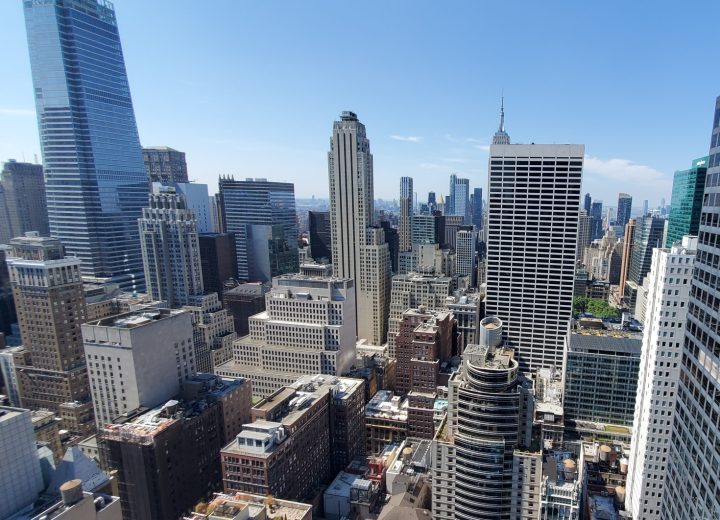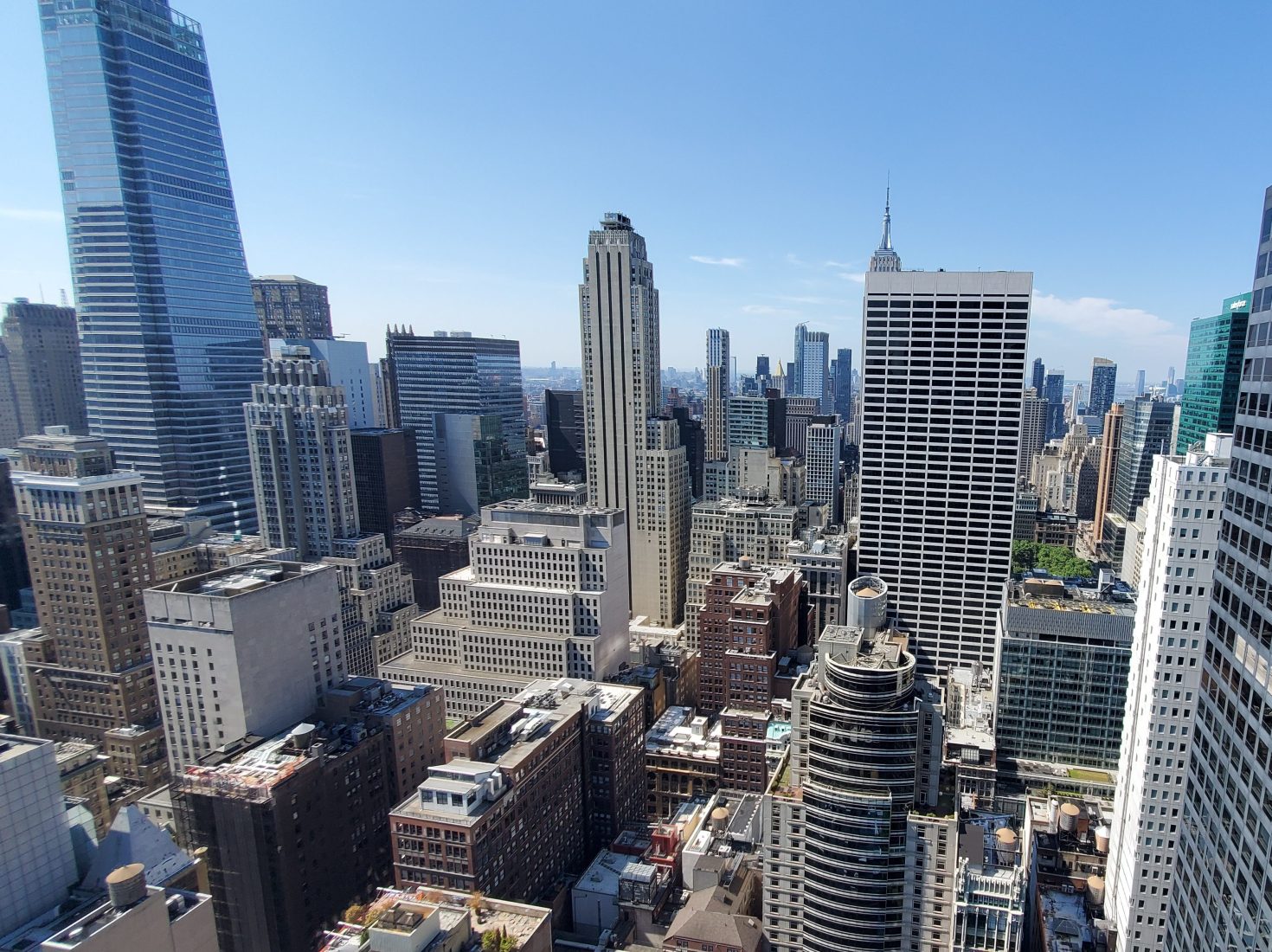NYC Department of Buildings Issues Update Regarding NYC Local Law 11 (FISP)
The New York City Department of Buildings (NYC DOB) issued a memo on 28 March 2016 informing industry professionals of clarifications and updates to the Facade Inspection Safety Program (FISP), more commonly known as New York City Local Law 11. Hoffmann Architects offers this summary of their comments.
Minimum Inspection Requirements
In certain cases, states the memo, written by Eugene Krenitsyn, PE, Technical Director of the Local Law and Facades Unit of the NYC DOB, evaluation of building conditions may require more “comprehensive” inspection “beyond the minimum” stated in the law. Rather than offer prescriptive requirements for what this evaluation might entail, the memo leaves it up to the Qualified Exterior Wall Inspector (QEWI) to identify procedures that “satisfy a professional standard of care.” Cases specifically called out as potentially requiring this “comprehensive evaluation” include:
- Buildings for which facade reports haven’t been filed for one or more previous cycles;
- Buildings for which “Unsafe” reports were filed;
- Buildings for which “SWARMP” (Safe With a Repair and Maintenance Program) reports were filed, but facade repair and shed permits were not filed;
- Buildings with splitting or fractured terra-cotta and other decorative materials; and
- Cavity wall buildings.

